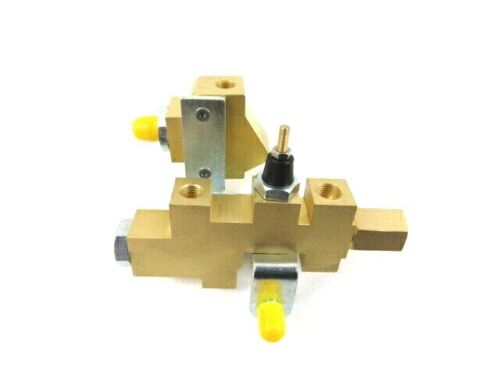I have a 69 GTX, A33 car which when I purchased it had 11" drums at all four wheels. The build sheet reads B31 brakes, which I think would be hevi duty manual drums, but someone has converted it to power. Braking action was poor to the point of being scary, but no "Brakes" light on the dash ever lit.
I decided to rebuild the engine this winter, so as long as I had the K member and engine down, I converted it to Dr. Diff 11 3/4" Stage II front disc kit. I installed his disc/drum proportioning valve, rebuilt the rear wheel cylinders, installed a new 15/16" master, and converted to D.O.T. 5 fluid.
Started the rebuild, ran it for break-in, and everything runs good. Had a good pedal feel, not too hard, but the "Brakes" light on the dash would come on at the bottom of the pedal stroke, which is not at the floor. The booster is working, vacuum is good, cam is a Comp Cams CRB XE 262H-10.
I thought maybe brake volume wasn't enough, so I installed a 1 1/32" master. "Brakes" light still comes on near the bottom of the pedal stroke, everything bled good, pedal is not mushy and doesn't pump up. I bench bled both masters.
Today I checked brake pressure- 600 psi at all four wheels. I think 600 psi would be fine for the rear drums, but low for the single-piston calipers in front. I have the drums adjusted well out. Salt is still on the road here in NY so I can't take it out.
I would like some opinions, please. What may be causing this low pressure?
I decided to rebuild the engine this winter, so as long as I had the K member and engine down, I converted it to Dr. Diff 11 3/4" Stage II front disc kit. I installed his disc/drum proportioning valve, rebuilt the rear wheel cylinders, installed a new 15/16" master, and converted to D.O.T. 5 fluid.
Started the rebuild, ran it for break-in, and everything runs good. Had a good pedal feel, not too hard, but the "Brakes" light on the dash would come on at the bottom of the pedal stroke, which is not at the floor. The booster is working, vacuum is good, cam is a Comp Cams CRB XE 262H-10.
I thought maybe brake volume wasn't enough, so I installed a 1 1/32" master. "Brakes" light still comes on near the bottom of the pedal stroke, everything bled good, pedal is not mushy and doesn't pump up. I bench bled both masters.
Today I checked brake pressure- 600 psi at all four wheels. I think 600 psi would be fine for the rear drums, but low for the single-piston calipers in front. I have the drums adjusted well out. Salt is still on the road here in NY so I can't take it out.
I would like some opinions, please. What may be causing this low pressure?

















